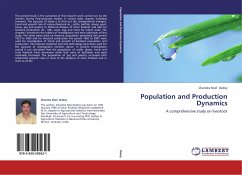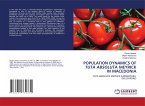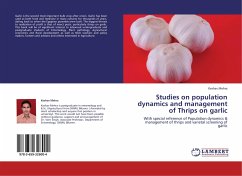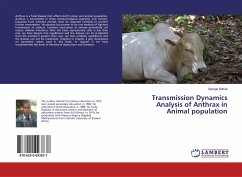The use of natural enemies in biological control system is an emerging approach to reduce populations of harmful organisms. Though, predators are known to reduce the survival and fecundity of their prey, but on a higher level of organization, the populations of predator and prey species interact with each other. The predators depend on prey for its survival. In natural ecosystem, ladybird beetles and hoverflies are examples of predators that can help in reducing the population of aphids, coccids, thrips, whiteflies etc. The aphids are considered as important pest of different commercial crops. Till date, its management is a major problem and largely depends upon the use of chemical insecticides. However, the insecticide kills not only the target pest but also facilitates mortality of natural enemies, develop resistance to pest, leaving hazardous effect on human health and also affecting the biodiversity. The use of natural enemies has now become as an important functional component of integrated pest management that helps to maintain natural equilibrium. Therefore, present book provide information on development, predation and life tables of ladybeetles and syrphid on five aphids.
Bitte wählen Sie Ihr Anliegen aus.
Rechnungen
Retourenschein anfordern
Bestellstatus
Storno








